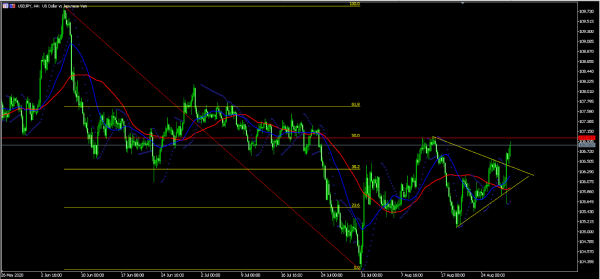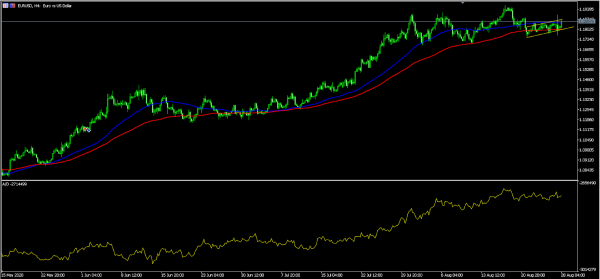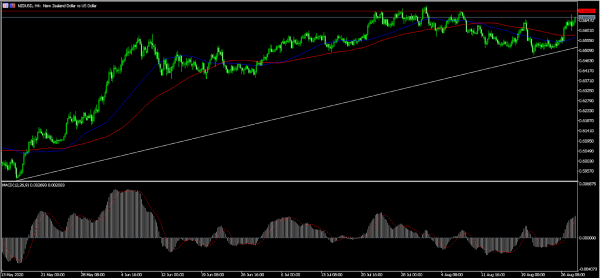The US dollar gained in overnight trading as investors reacted to a statement by Jerome Powell, the Federal Reserve chair. In the statement, he announced that the Fed would start a new policy shift that will allow inflation to run hotter with the goal of supporting the labour market. As a result, the bank will allow inflation to go above the 2% target for some time. It will do that by leaving interest rates low for a longer period. Traditionally, the bank tends to hike rates when the economy is doing well and when the unemployment rate is low. From a data point, the US dollar will react to personal spending and trade data that will come out later today.
The Japanese yen weakened against the US dollar as traders reacted to weak inflation data from Tokyo. According to the statistics office, the core CPI in Tokyo dropped to -0.3% in August from 0.4% in June. That decline was lower than the 0.3% increase that analysts were expecting. In the same month, the headline CPI rose to 0.3%, a decline from the previous 0.6%. These numbers are important because of the importance of Tokyo to the Japanese economy. It has a population of more than 9 million people and is responsible for about 20% of Japan’s $4.7 trillion economy.
The euro was little changed against key currencies ahead of important data from Europe. The Economic & Financial Affairs department of the Eurostat will release consumer confidence data. Analysts expect that business and consumer survey will increase to 85.0 from the previous 82.3. They also expect that consumer confidence will remain unchanged at -14.7. Other important data will be the GDP data from Sweden and Austria. Also, Germany will release its consumer climate data and the import price index while France will release its preliminary inflation data. Elsewhere. Canada’s statistics office will release the second reading of the country’s GDP data.
USD/JPY
The USD/JPY pair rose to an intraday high of 106.93, which is the highest it has been since August 14. On the four-hour chart, the price is a few pips below the 50% Fibonacci retracement level. It is also slightly below the 50-day and 100-day exponential moving averages. Also, the price moved above the upper side of the ascending triangle pattern. Therefore, the pair is likely to continue rising as bulls aim for moves above 107.00.
EUR/USD
The EUR/USD pair rose after the new strategy shift by the Federal Reserve. The pair is trading at 1.1856, which is just above the 50-day EMA on the four-hour chart. The price is slightly below the upper line of the ascending channel that is shown in yellow. Also, the accumulation and distribution line has been rising. The pair is likely to remain between this channel today. However, a move above the upper line at 1.1870 will send a signal that bulls have prevailed.
NZD/USD
The NZD/USD pair rose to an intraday high of 0.6660, which is the highest it has been since August 7. On the four-hour chart, the price has moved above the short and long-term moving averages. The signal and main line of the MACD have continued rising while the price is above the ascending white trend line. The pair is likely to continue rising as bulls aim for the next resistance at 0.6690.
















